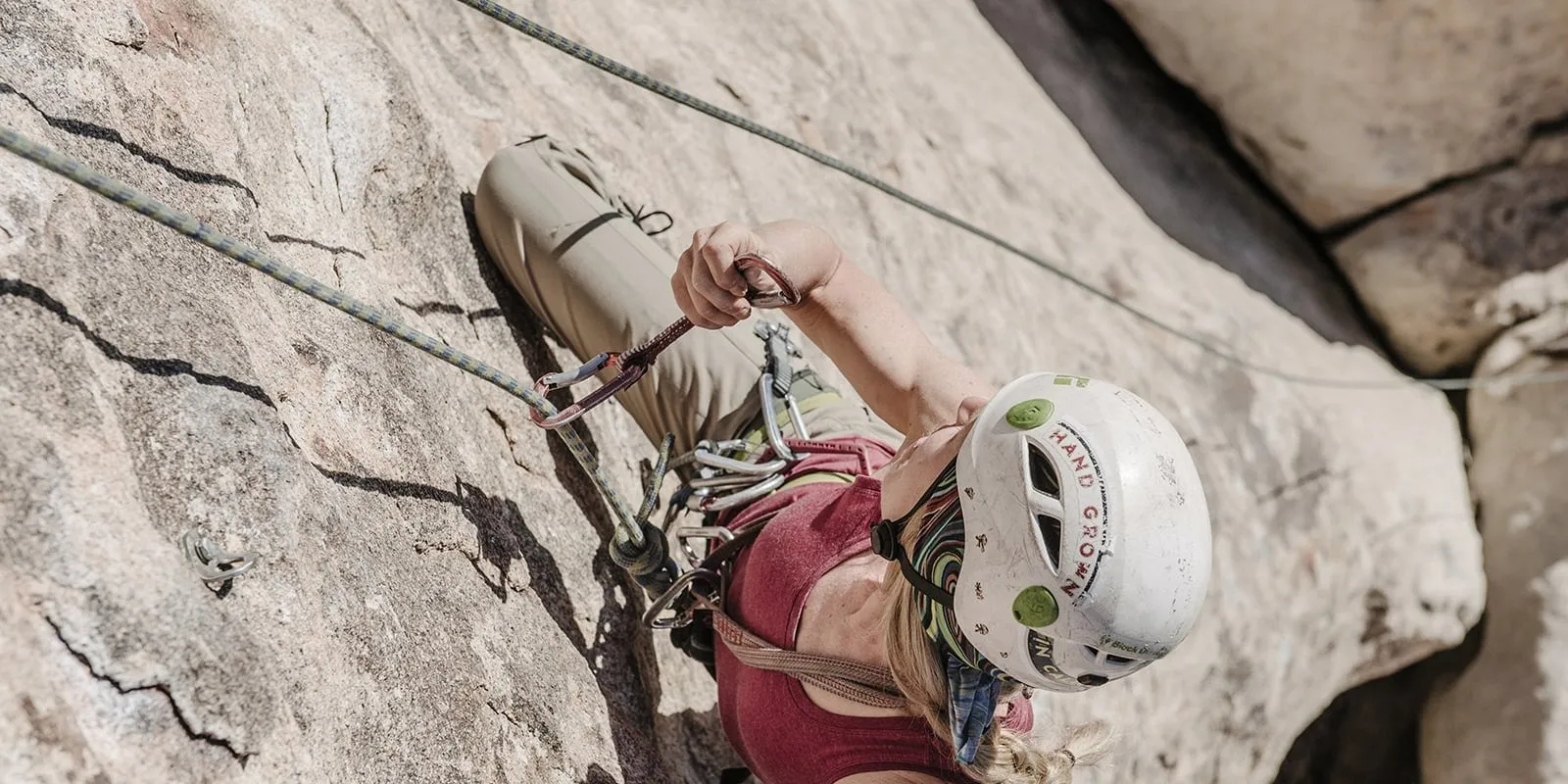A climbing helmet is crucial gear for outdoor climbing, whether you’re going to the mountains or practicing at the crag. Climbing helmets safeguard your head from rockfall and side impacts, like hitting your head during a fall while ensuring comfort and an efficient design. The best climbing helmet is the one you wear, but your choice will mainly depend on materials, weight, and style.
Our experienced team has evaluated climbing helmets for over two years, ranging from lightweight models for long alpine adventures to durable and budget-friendly options for beginners. Below, nationalparkshops’s team highlights our 7 top picks for 2025.
Best Overall: Black Diamond Vision MIPS ($139.95 on Amazon)
- Age Range (Description): Adult
- Size: Small/Medium
- Special Feature: Adjustable Strap
- Item Weight: 0.22 Kilograms
- Outer Material: Acrylonitrile Butadiene Styrene (ABS)
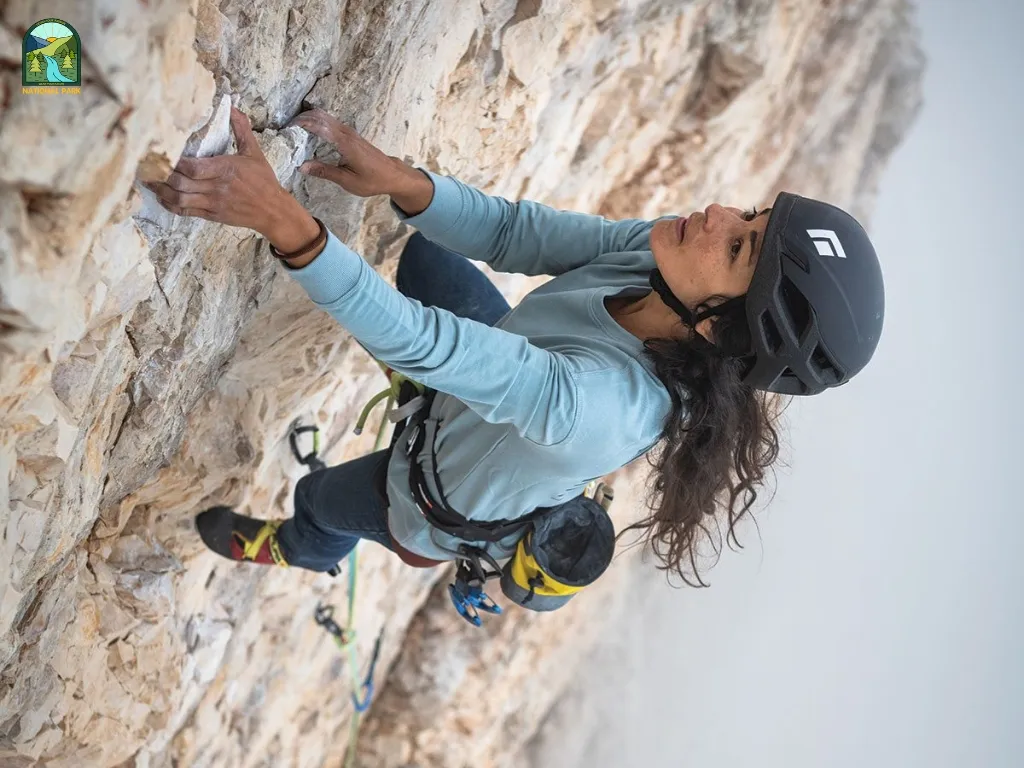
We believe the Black Diamond Vision MIPS is currently the top climbing helmet available. The inclusion of the MIPS (Multi-directional Impact Protection System) technology, which is now common in bike and ski helmets, is said to lower the risk of concussions by redirecting certain impacts and diminishing impact forces. We feel there’s no reason this technology shouldn’t be standard in climbing helmets as well. The Vision MIPS is also very comfortable, easily adjustable, and has excellent ventilation. We frequently choose this helmet for our climbing and guiding, highlighting its versatility and comfort.
While the MIPS harness and more robust ABS shell make this helmet heavier than most foam alternatives, we don’t notice the weight difference during a long climbing day. The extra durability and protection offered make the slight increase in weight worthwhile. It still feels lighter than helmets with a full hard-shell design. Although the technology adds to the cost, we don’t find the price excessive compared to other premium foam helmets. If you’re seeking the best protection from a climbing helmet, coupled with comfort and adjustability, the Vision MIPS makes for an easy choice.
Best Lightweight: Petzl Vertex Vent Helmet ($89.99 on Amazon)
- Age Range (Description): Male
- Size: Small
- Special Feature: Ventilation
- Item Weight: 0.64 Kilograms
- Outer Material: Acrylonitrile Butadiene Styrene (ABS)
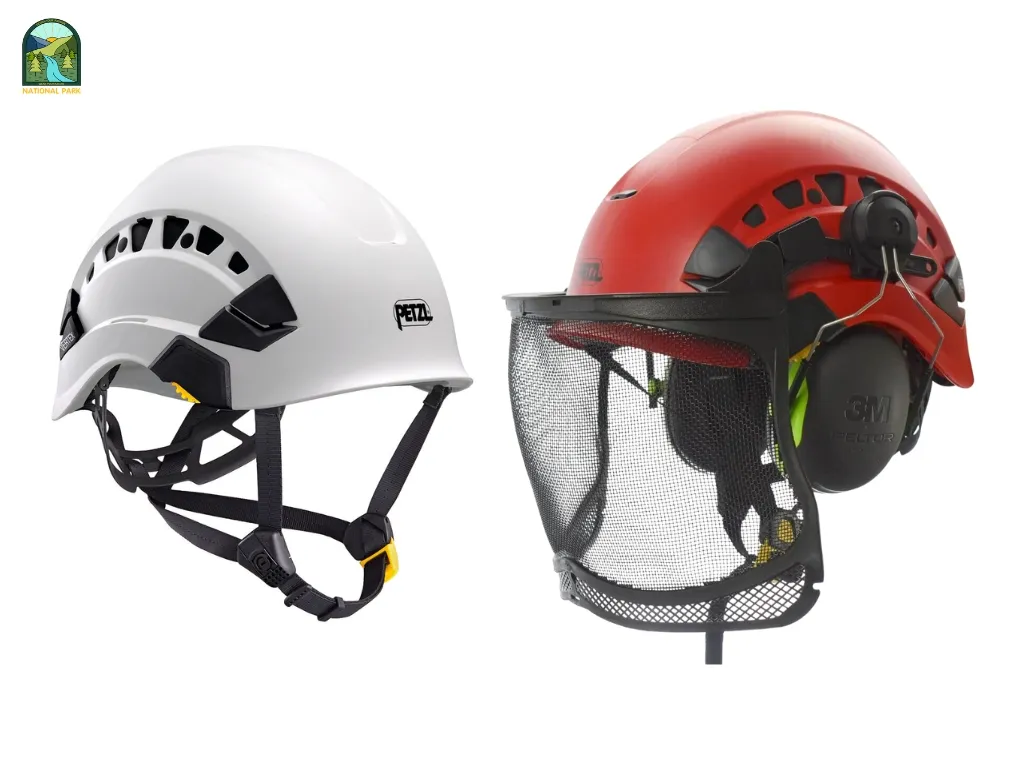
The Petzl Vertex Vent Helmet is the more breathable version of the well-known Vertex ANSI Helmet. This helmet is designed for comfort and ventilation, meeting the ANSI Z89.1 standard, and includes a six-point textile suspension along with the CENTERFIT and FLIP&FIT systems to ensure a secure fit throughout the day. It features an adjustable chinstrap that is suitable for both ground and height work.
The ventilation holes come with sliding shutters that can be closed, helping to keep your head cool in warm weather and warm in colder conditions. Additionally, the Petzl Vertex Vent Helmet is fully modular and can accommodate a Petzl headlamp, hearing protection, and eye protection through the EASYCLIP side attachment system.
Best Dual-Rated: Smith Summit MIPS Helmet ($230 on Amazon)
- Age Range (Description): Matte Algae / Olive VSSL
- Size: Small
- Recommended Uses For Product: Cycling
- Item Weight: 2 Pounds
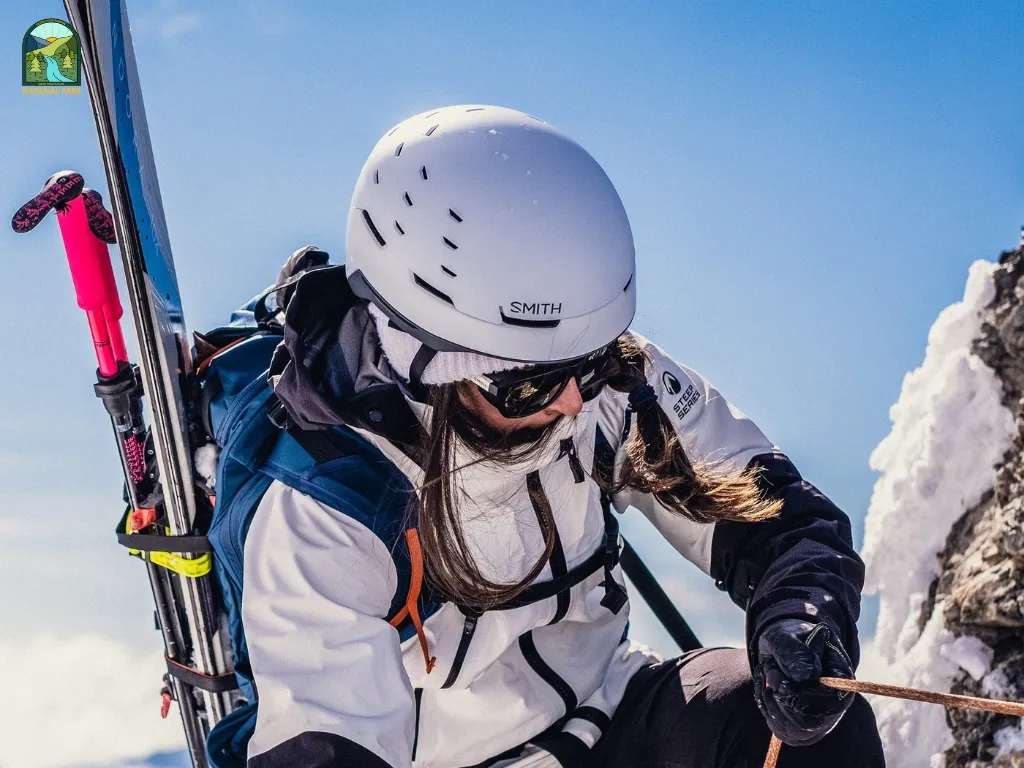
The Smith Summit MIPS is currently the top dual-certified helmet for climbing and skiing available. It distinguishes itself from other options due to its exceptional comfort and ideal fit. This helmet provides more comfort than any we have tested before, thanks to its cocoon-like BOA adjustment system and a design that supports your head. With a mostly ABS plastic shell, it is durable enough to withstand impacts, ensuring that it is a worthwhile investment. The MIPS interior liner significantly enhances protection against head injuries and boosts comfort by improving airflow. For backcountry skiers who also climb occasionally, this helmet is an excellent option.
On the downside, this helmet is heavier than many other climbing-specific helmets, making it less suited for high-performance climbing and long days on the rock. Additionally, the BOA design limits the range of sizing adjustments, so be sure to verify size measurements before purchasing. It also comes with a hefty price. However, buying this helmet instead of two separate helmets for climbing and skiing might save you some money.
Best of the Rest: Mammut Wall Rider ($99.95 on Amazon)
- Age Range (Description): Adult
- Size: 52-57 cm
- Material: Composite
- Item Weight: 195 Grams
- Outer Material: Polycarbonate (PC)

The Mammut Wall Rider is among the top-tier helmets available, known for its lightweight design, excellent coverage, and strong materials. Additionally, the Mammut has an attractive design, particularly the visor, and boasts a proven track record of performance in both alpine environments and crag settings.
Deciding between the Wall Rider and the Black Diamond Vision can be challenging due to their similar prices. The Wall Rider is slightly lighter than the Vision by an ounce, making it preferable for extended outings, and we appreciate its overall design and form. However, we found the Mammut’s basic webbing adjustment system less user-friendly compared to the Vision’s easy-to-use plastic slider. Ultimately, the choice may hinge on which helmet fits better, so we suggest trying both for comfort.
Edelrid Salathe Climbing Helmet ($99.95 on Amazon)
- Special Feature: Ventilation
- Recommended Uses For Product: Climbing
- Item Weight: 16 ounces
- Outer Material: Polyvinyl Chloride (PVC)
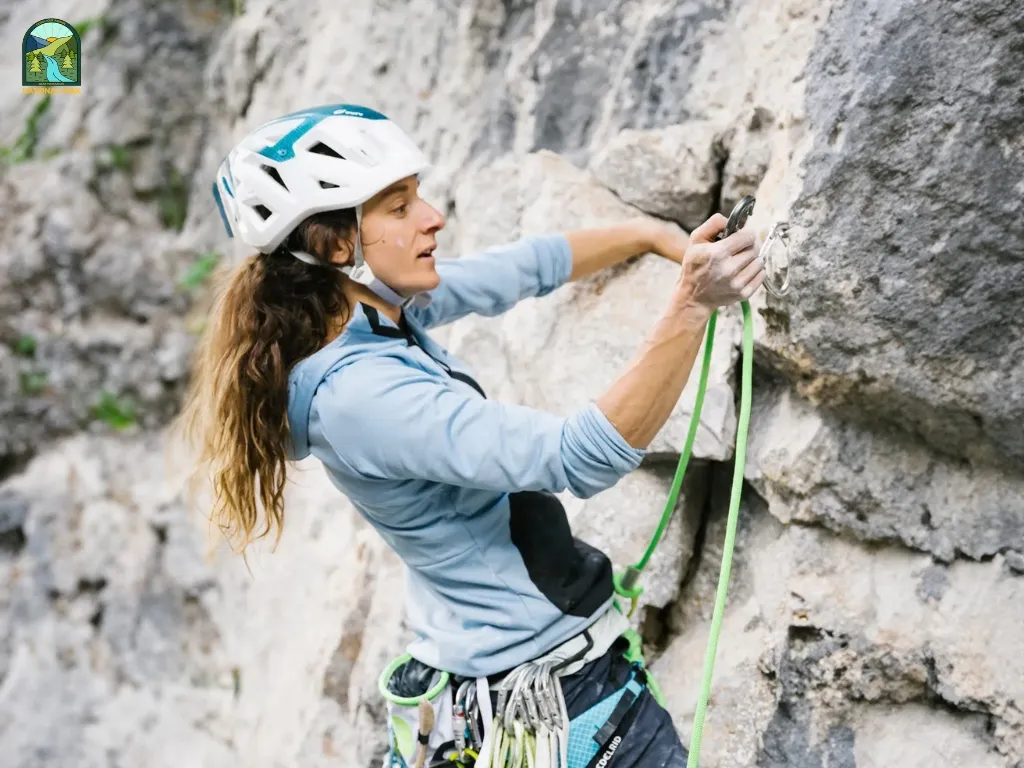
The Edelrid Salathe may not be the lightest or most durable option available, but it possibly provides the best balance of both features. Weighing only 7.4 ounces, it includes the same EPP foam found in many of our top choices, known for its resilience against impacts without cracking, and is topped with a solid ABS hardshell. Essentially, this climbing helmet modifies the design by replacing the polycarbonate outer layer with a hardshell, adding a bit of weight while enhancing durability.
Adding an outer shell to an EPP helmet mainly serves aesthetic purposes, allowing for a more dome-like shape instead of a cone shape (you can see this difference in images of the first-generation Sirocco). Thus, the ABS shell of the Salathe does not substantially increase protection compared to the Sirocco’s polycarbonate shell, although it will better resist cracks and dents; ultimately, you’ll need to decide if the additional 1.8 ounces is worth it.
Overall Pick: Grivel Stealth ($99.99 on Amazon)
- Special Feature: Adjustable,Compact
- Size: One Size
- Recommended Uses For Product: Climbing
- Item Weight: 0.01 Pounds
- Outer Material: Polycarbonate (PC)
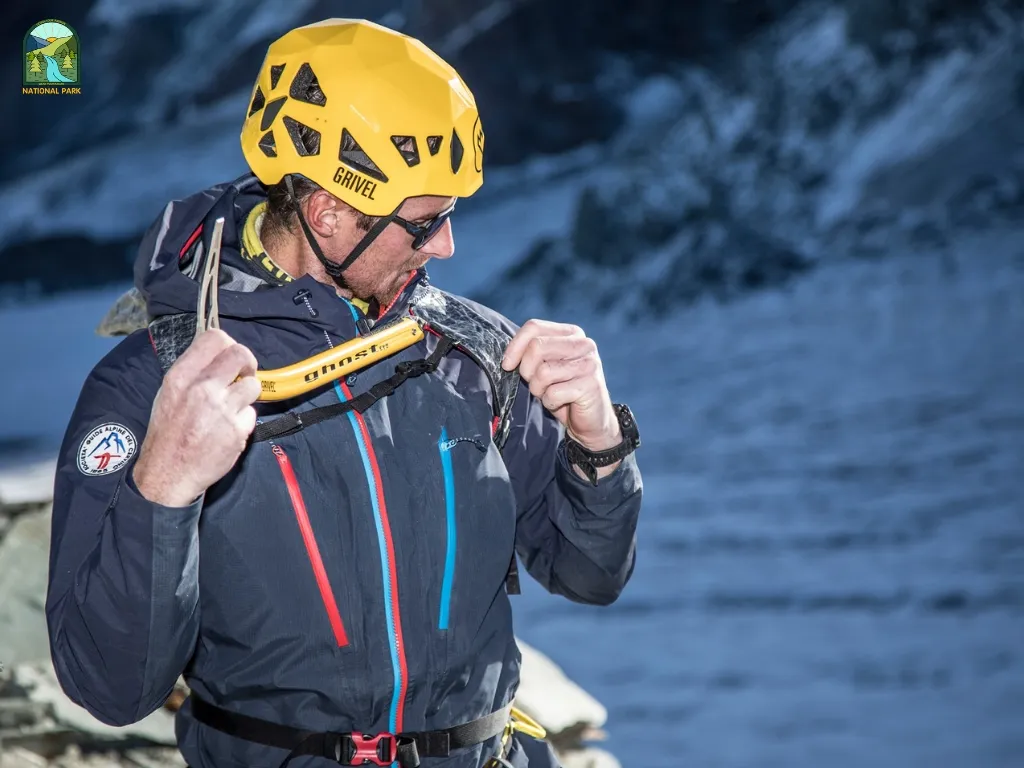
The Grivel Stealth offers a great price-to-weight ratio, excellent coverage, and a bold design that people may either love or dislike. A standout feature is its unique flat-paneled design that sits lower on the head, making this climbing helmet less prone to shifting during rockfall or falls. Grivel claims this design provides better impact protection compared to traditional dome helmets. Additionally, it features an easy-to-adjust webbing strap that can be conveniently tightened or loosened, even while wearing gloves.
As for drawbacks, we aren’t particularly fond of Stealth’s celestial appearance, although we understand that fashion is largely a matter of personal taste. In terms of sizing, the helmet is only available in one size, and the fixed chin strap may press into your neck. However, some climbers might prefer the low-profile design, and the helmet is impressively lightweight at just 6.7 ounces.
Black Diamond Capitan Rock Climbing and Mountaineering Helmet ($99.99 on Amazon)
- Special Feature: Adjustable Strap
- Size: Small-Medium
- Recommended Uses For Product: Climbing
- Item Weight: 4 Ounces
- Outer Material: Acrylonitrile Butadiene Styrene (ABS)

Launched in 2022, the Capitan fits into Black Diamond’s range between the Vision at the top and the Half Dome at the bottom. This climbing helmet boasts toughness, featuring a durable ABS outer shell and resilient EPP foam, as well as additional coverage on the sides and back of the head. However, it’s more than just a basic helmet—the Capitan incorporates an appealing dual-shell design that gives it the look of a high-end helmet while maintaining a more economical structure.
Overall, it’s an excellent choice for climbers who seek maximum protection and comprehensive coverage.
And, the Capitan is not extremely lightweight, so we don’t recommend it for those concerned about weight on mountain adventures or intense redpoint attempts. Nonetheless, for big wall climbing (like on its namesake in Yosemite) or winter climbs where you expect to take a lot of falling ice, it stands out as a robust option that fits in well with the premium models available.
How to Choose the Right Climbing Helmet
Hardshell vs. Softshell
Climbing helmets fall into two main types: hardshells, which have a foam core encased in hard plastic, and softshells, made mainly of foam to reduce weight. Although softshells can be about half the weight of hardshells, they are more prone to damage. Hardshells are more durable and longer-lasting but can feel heavier and may cause sweating on hot days if ventilation is poor.
Budget and Weight
Consider your budget and intended use when purchasing a helmet. Hardshells start at around $60 and are more rugged, while softshells are usually pricier and need careful handling. Both types can be used for various climbing styles, but softshells excel in situations where weight is critical, such as long alpine climbs or challenging sport routes.
Feature Set and Fit
Additionally, consider features like headlamp clips for early or late climbs, how well the helmet fits over a beanie for cold weather, and whether it suits the shape and size of your head.
Why You Should Trust Us
The team at National Park Shop is dedicated to climbing, whether we’re tackling challenging routes at our local crag, navigating long alpine paths in the North Cascades, or climbing significant peaks in Nepal. Safety is a top priority for us, and similar to belay devices and climbing ropes, we have thoroughly tested the helmets listed above before endorsing them.
In assessing these helmets, we concentrate on three essential aspects: safety, comfort, and style. For safety, we evaluate construction elements like foam and shell materials, along with overall head coverage. Comfort assessment includes looking at weight, fit adjustments, and ventilation.
Lastly, although it’s subjective, we recognize that style can influence choices, which is why we feature various options to cater to different tastes and head shapes.
FAQs
Do climbers need to wear helmets?
A helmet offers considerable safety from various dangers that climbers frequently face at climbing sites. We highly advise wearing helmets, particularly when climbing outdoors.
What is the safest climbing helmet?
The most effective helmet is the one you are wearing. Each helmet featured in this selection provides excellent protection. Any of these options will address safety worries. Ensure that your helmet fits correctly and is the right size.
How do I know which size helmet I should buy?
A well-fitting climbing helmet should sit snugly on your head without any spaces or gaps. The most effective way to find your proper helmet size is to try on several different helmets.
If you cannot try on helmets in advance, you can measure the circumference of your head using a tape measure. Having someone assist you with this task can be beneficial, so consider asking a friend for help.
You should measure around the widest part of your head, typically across the forehead, above the ears, and around the noticeable bump at the back. Record this measurement in centimeters, as this is the standard unit used by most helmet manufacturers for sizing.
After obtaining your measurement, refer to the helmet’s sizing chart to identify which size will suit you best.

